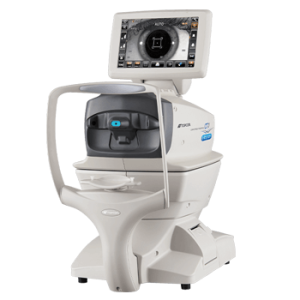Glaucoma
Glaucoma is a condition that damages the optic nerve fibres of the eye. It is a group of conditions usually associated with the build-up of pressure inside the eye. It occurs mostly in the later part of one’s life and is a condition that worsens with time. Genetic predisposition, where the condition runs in the family, is a high-risk factor.
Glaucoma is a silent disease where most people do not have any symptoms It is essential to consult your ophthalmologist regularly to diagnose and treat glaucoma before it leads to long-term vision loss.
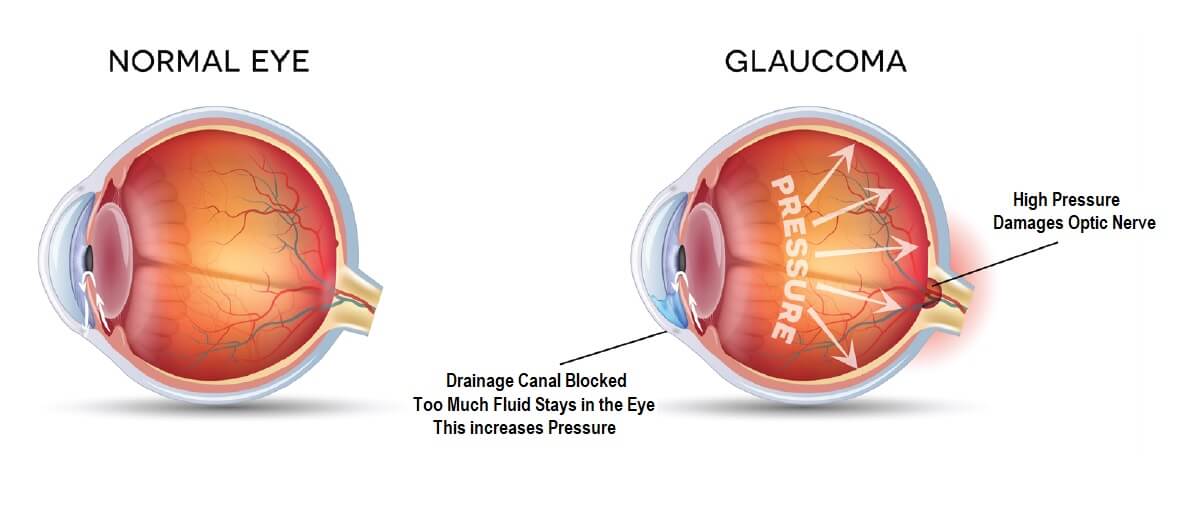
Causes
Glaucoma is the direct result of damage to the optic nerve. The optic nerve fibre, which is responsible to send images to your brain, being damaged means hampered field of vision. When the nerve deteriorates, blind spots develop in your field of vision. Such nerve damage is related to increased pressure in the eye known as intraocular pressure. It builds when the flow of aqueous humour, a fluid in the eye, is blocked or obstructed. It drains out usually through a tissue called the trabecular meshwork, placed in a specific angle where the iris and cornea meet.
When the aqueous humor is produced excessively or the drain area is blocked, the flow of the fluid can’t happen in its normal pace and hence the pressure in the eye increases. There are also cases of glaucoma known as normal tension or low tension glaucoma, where the pressure is within normal limits
Symptoms
Initially glaucoma doesn’t usually have any symptoms, which is why most of the people with glaucoma don’t even know they have it. Over time, you may slowly experience the below symptoms.
Loss of vision

Blurry Vision

Persistent headache

Eye redness

Stomach upset

Nausea

Pain in the eye

Diagnosis
Glaucoma is diagnosed with an all-round and thorough evaluation of the eye by an ophthalmologist. Because it doesn’t show symptoms early in the development of the condition, regular examinations of the eye, especially with a family history of the condition, is recommended. The following tests and examinations are undertaken to accurately diagnose the condition:
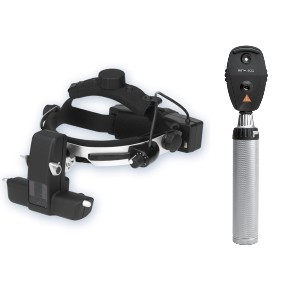
Ophthalmoscopy
This diagnostic procedure helps the doctor examine your optic nerve for glaucoma damage. If your intraocular pressure (IOP) is not within the normal range or if the optic nerve looks unusual, your doctor may ask you to have one or two more glaucoma exams such as perimetry and gonioscopy.
Read More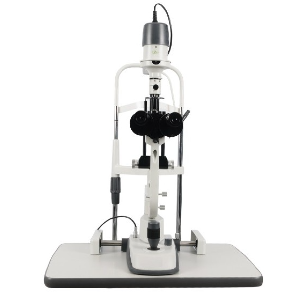
Slit-lamp exam
A slit lamp exam is a routine procedure where a doctor shines a light into the eye to look for injuries or diseases.
Read More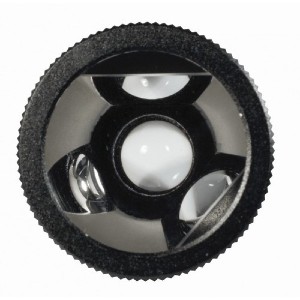
Gonioscopy
Gonioscopy is a painless examination where a special lens is used to see whether the area where fluid drains out of your eye (called the drainage angle) is open or closed. If the drainage angle is not working properly, it may be a sign to detect glaucoma.

Pachymetry
Pachymetry is a simple, painless test to measure the thickness of your cornea — the clear window at the front of the eye. Corneal thickness has the potential to influence on eye pressure readings. If there is a change in the corneal thickness, it may be a sign to detect glaucoma.
Treatments
Unfortunately, permanent loss of vision or total blindness cannot be reversed. But lowering and keeping the intraocular pressure in the eye can help to manage or slow down the progression of the disease. It is observed that Glaucomatous damage is preventable with a proper treatment plan and regular eye exams, where people have a better chance to slow down the progression of the diseases.
At MIOT International Total Eye care, our ophthalmologists ensure to thoroughly diagnose the condition and will explain the best course of correction to be undertaken and why it is optimal.

Eyedrops / Medication:
Primary treatment for Glaucoma is done using prescription eyedrops. These drops help balance fluid production, increase drainage and control the pressure created in the eye. There are many types of eyedrop medications that can be used for this condition like Beta Blockers, Prostaglandins, Carbonic Inhibitors etc. But, because glaucoma is a chronic condition, the usage eyedrops might have to be done for life.
Laser Procedure
Laser procedure can help treat the various types of Glaucoma. Laser iridotomy, for instance, opens the angle for better flow. Trabeculoplasty opens the drainage area. All Laser procedure is done with the aim of improving the drainage of the aqueous humour, reducing intraocular pressure, thereby preventing damage to the optic nerve and the loss of vision or blindness that results.
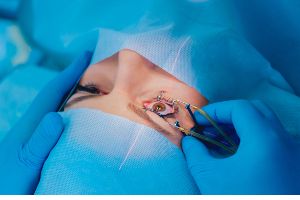

Trabeculectomy
Trabeculectomy is a procedure where the doctor creates a new channel to drain the fluid and ease pressure in the eye.
Glaucoma, although not completely curable, can be controlled and the loss of vision can be prevented. It is better to treat it before it worsens.
If there are any symptoms shown or glaucoma is diagnosed, get in touch with us today to be treated by some of the safest hands!
Clearer Vision is Just a Click Away!
Get yourself cared by the most experienced specialists


